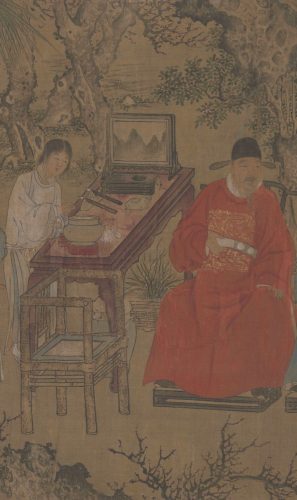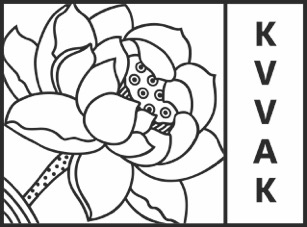
Open day ‘Imperial Porcelain and Scholar’s Objects from the 16th-19th centuries’
On 20 May Feng-Chun Ma and Paul Ruitenbeek of Feng-Chun Ma Chinese and Japanese Art Consultancy cordially invite the members of the Asian Art Society for an exclusive visit to their selling exhibition ‘Imperial Porcelain and Scholar’s Objects’, which will be open from 15 until 25 May. Almost all objects included in this exhibition come from Dutch Private collections.
Feng-Chun Ma and Paul Ruitenbeek will give an introduction to the collection. A catalogue will be present and can be purchased for €20,-. Under supervision, the objects may be viewed by hand.
Registration
You are required to register for this visit directly with Feng-Chun Ma and Paul Ruitenbeek on info@fengchunma.com.
There is a maximum of 20 participants. It is also possible to visit the exhibition on another day, yet again, please register beforehand.
